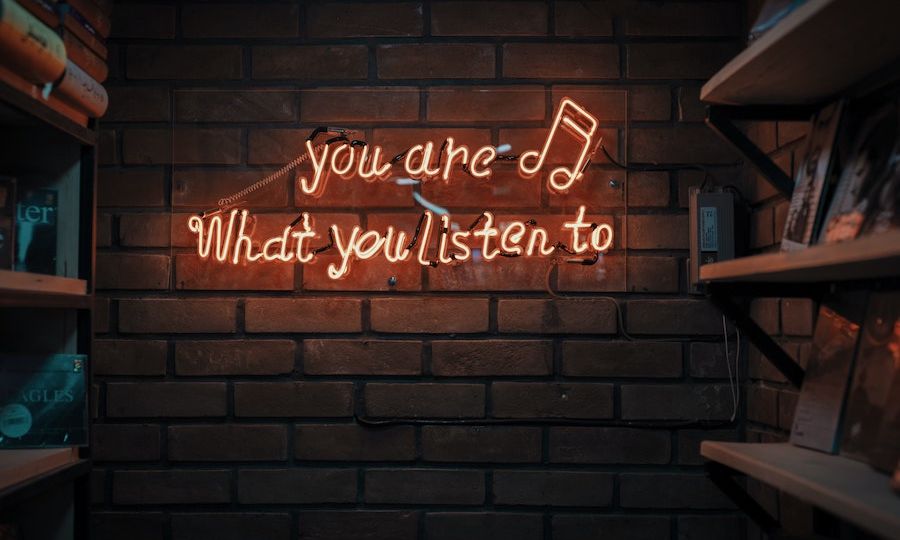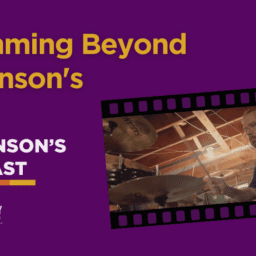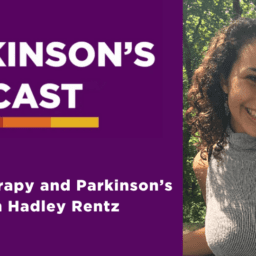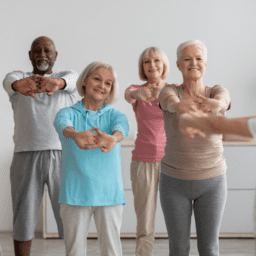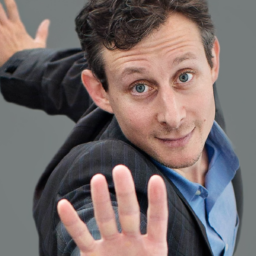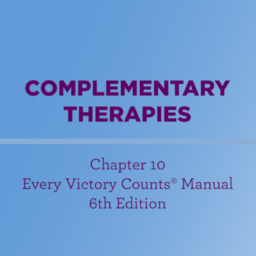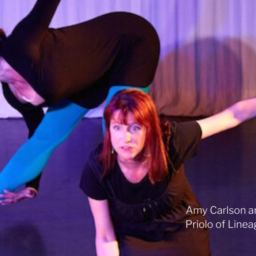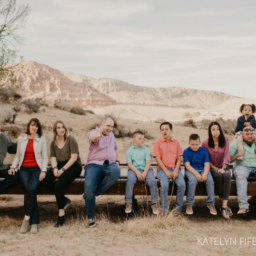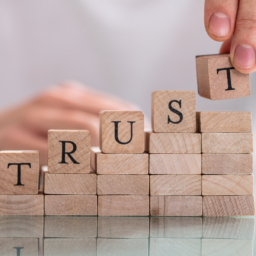There’s no denying that the isolation from shelter-in-place orders that have hit some of our communities has disrupted daily life, including our access to healthcare, social activities, and exercise. This has impacted our Parkinson’s community significantly, contributing to an increase in motor- and non-motor symptoms.
As we move forward in this hopefully temporary and short-lived new normal, we are all seeking ways to improve our daily lives that are also easy to access.
What better way than music?
There are three major benefits of using music to cope during stressful times.
As you read through the benefits and tips we’ve gathered, think about your favorite songs. You can create a playlist of these songs on YouTube (here’s how) after creating a free account (here’s how).
Or you can borrow ours! Check out our Happy Dance Playlist on YouTube.
#1 – Music boosts mood
Evidence supporting the use of music-based movement therapy for people with Parkinson’s in regards to improving motor function, non-motor symptoms, and quality of life is positive and growing.
In addition, a 2015 review in the World Journal of Psychiatry found that music therapy is an effective treatment for mood disorders related to neurological conditions, including Parkinson’s. After reviewing 25 trials, the researchers concluded that music is a valid therapy to potentially reduce depression and anxiety, as well as to improve mood, self-esteem, and quality of life.
To take advantage of these benefits, try any of these five music-related activities including:
- Listening to relaxing music
- Performing simple breathing and voice exercises
- Walking or moving to the beat of the music
- Clapping along with your favorite songs
- Singing in a choir
#2 – Dancing helps manage depression
Dancing is one of the most potent ways to connect your mind and body. In recent years, dance-based therapy programs have been used to help improve symptoms of neurological disorders such as Parkinson’s, dementia, and depression.
Fortunately for most of us, it doesn’t matter how well you move, so long as you’re trying to move with the beat. Dancing can take many forms – seated, standing, arms-only, etc. However you choose to move, you will feel the benefits!
If you need some guidance, try this seated dancing warm-up from our Victory Summit® Omaha online event.
#3 – Listening to music can be both a solo and social activity
Even when songs have deep personal meaning for you, you can listen to and enjoy them with an entire community. In this way, music is arguably the most beautiful and universal experience there is.
Try turning on the radio to your favorite channel and, when the music is playing, close your eyes and think about the thousands of other people who are listening to the same song at that very same time. Or create a sharable playlist on YouTube, Spotify, or your favorite music platform and share it with your closest friends so you can all enjoy it together. Take it a step further and hop on the phone to chat about what memories or feelings the songs bring up for you.
Want to Combine Music and Dance?
Watch this webinar as Dance for PD® Founder David Leventhal walks you through a few numbers and helps you think like a dancer.


